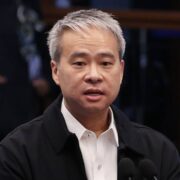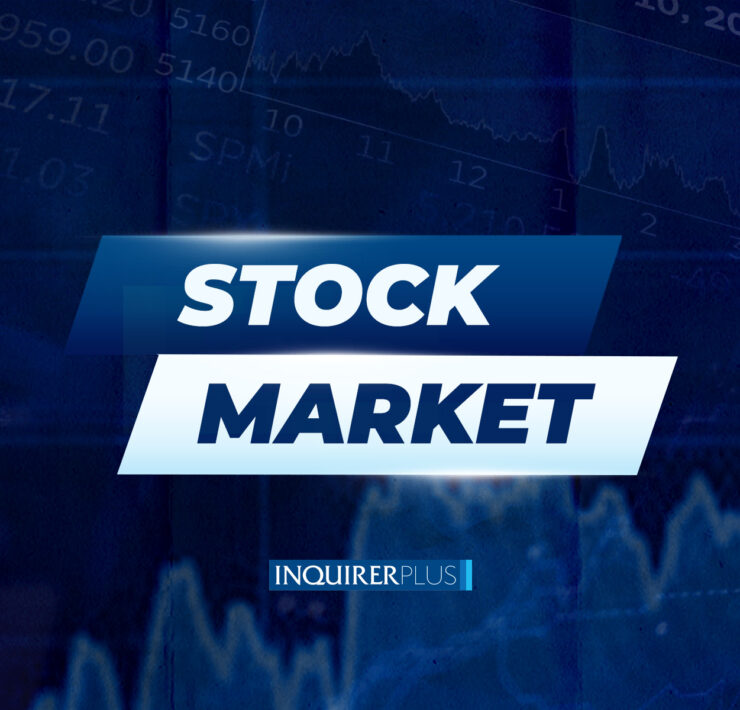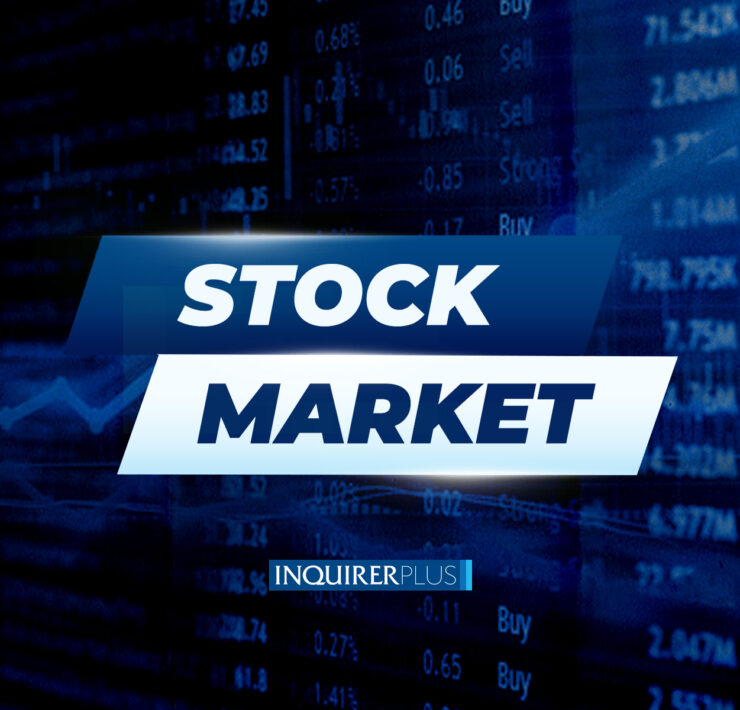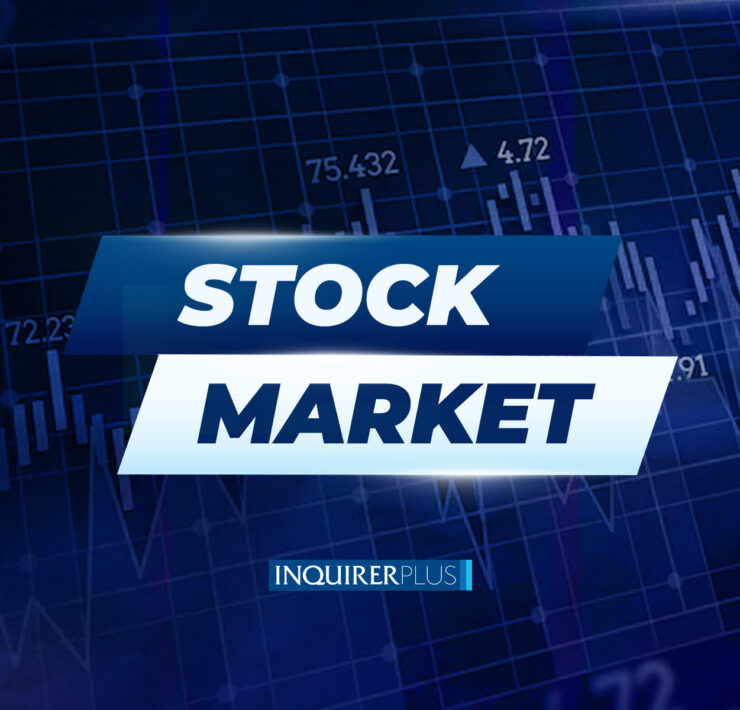What are China’s DeepSeek and Trump tariffs telling us?
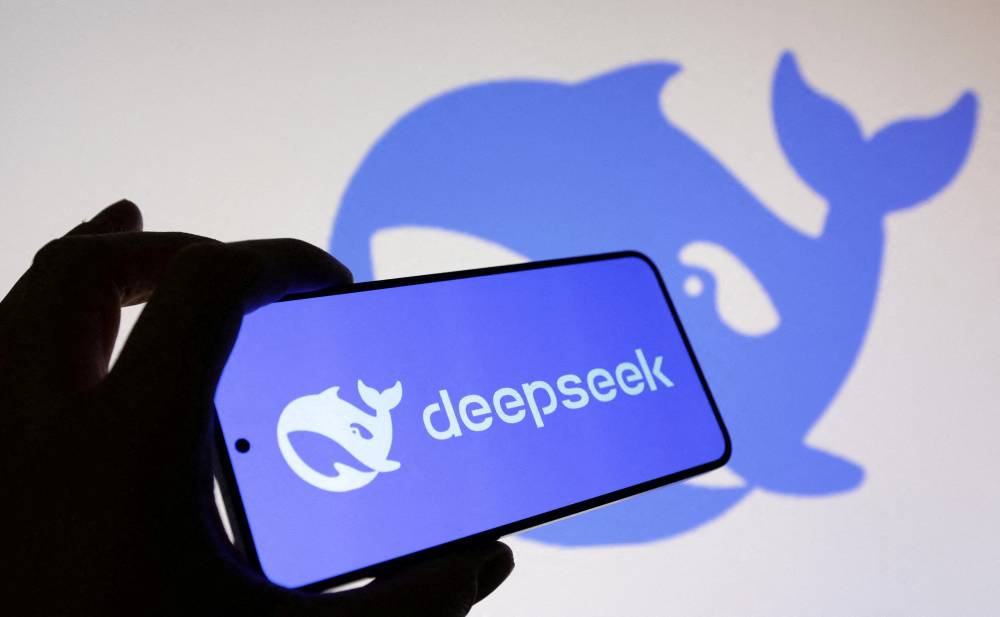
Only a few weeks into 2025 and financial markets are already awash with surprises and disruptions. The emergence of China’s low-cost artificial intelligence (AI) model DeepSeek and US President Donald Trump’s new tariff war have upset the market calm. We have highlighted the need for investors to stay diversified and nimble like a snake in this Lunar Year of the Wood Snake, mainly in anticipation of Trump’s unconventional policy approach.
What still caught us by surprise was DeepSeek, a cheaper alternative to ChatGPT. Many view this innovation as a threat, but we expect DeepSeek to expedite AI adoption and enhance the long-term prospects of AI investment.
DeepSeek: More of an opportunity than a threat
DeepSeek has sparked concerns about the outlook for the US technology sector. Reportedly developed within two months and built on less advanced chips, DeepSeek‘s latest reasoning model R1 has unleashed the power of the open-source large language model. Its surprisingly lower development cost ($6 million) and faster speed-to-market, as compared with US investments, will steer the focus toward the efficacy of AI investments and accelerate adoption going forward. Simply put, the open-source approach empowers leveraging of existing AI models to make advancements via large-scale reinforcement learning. This fosters the development of more powerful software applications, strengthening the appeal of hardware upgrades and demand for cloud infrastructure. The resulting widening of use cases for enterprises and the mass market reinforces our investment thesis of diversifying technology equity exposures from semiconductors into AI infrastructure, hardware and software applications.
Trump’s trade rhetoric: Don’t lose sight of the forest for the trees
In less than a month after reassuming office, Trump announced 25 percent tariffs on imports from Mexico and Canada, and 10 percent tariff against imports from China, effective Feb. 4. He subsequently delayed the tariff imposition for Mexico and Canada by one month. This validates our view that Trump is likely to use tariffs as a key negotiating tool for policy objectives, including, in the latest case, tightening measures against drug trafficking and migration. However, whether China will get a similar tariff reprieve is highly uncertain, given China’s retaliatory nontariff and tariff measures announced thereafter. Regardless of the outcome, market volatility is rising and will likely remain elevated, as trade uncertainty clouds the global economic outlook. What seems clear though is that Trump has largely adhered to his non-inflationary growth strategies to aim for the “Golden Age of America.” It would not surprise us if the special 10 percent tariff on Canadian energy exports is fine-tuned or even scrapped, as gasoline prices are a key driver of US inflation expectations. Inflation upside risk, after all, would slow the process of Fed rate cuts, increasing the odds of a stagflation or an economic hard landing in the United States. It also bears watching if tariffs will be imposed on imports from Europe, as that would further hurt global growth.
Build a resilient foundation portfolio and use dislocations to trade opportunistically
Tariffs and DeepSeek, while apparently disconnected, share one common trait. They are uncertainties that have triggered a spike in market volatility and equity market sell-offs. On Jan. 27 when DeepSeek appeared on the market’s radar, the S&P 500 Semiconductor Index plunged 14 percent. Market dislocations such as this provide an opportunity to average into quality chip stocks and broaden technology sector exposures.
DeepSeek is just one recent example to illustrate that there is no evergreen stock or sector winner, reinforcing the need to build a diversified investment portfolio across sectors and markets to mitigate industry-specific risks. At a strategic level, diversifying investments across asset classes, including equities, bonds, alternative investments and gold forms a powerful, all-weather foundation portfolio.
Notably, gold is our preferred asset class aside from equities, as it serves as an effective bulwark against geopolitical uncertainty and benefits from central bank demand. Gold prices have indeed gone from strength to strength. Having registered a stellar 13 percent return in 2023 and 27 percent return in 2024, gold has returned another 9 percent so far this year, trading at a record high of $2,870 per ounce (as of Feb. 5).
In sum, diversifying beyond bonds and equities into gold and alternative investments that generate uncorrelated returns will help your portfolio better navigate the highly complex and rapidly evolving macro environment. Unexpected events or disruptions, on the other hand, provide an opportunity to take advantage of the market volatility and trade opportunistically to capture alpha. Don’t be deterred by uncertainties. Stay invested and diversified.
Raymond Cheng is chief investment officer for North Asia at Standard Chartered Bank’s Wealth Solutions unit.





